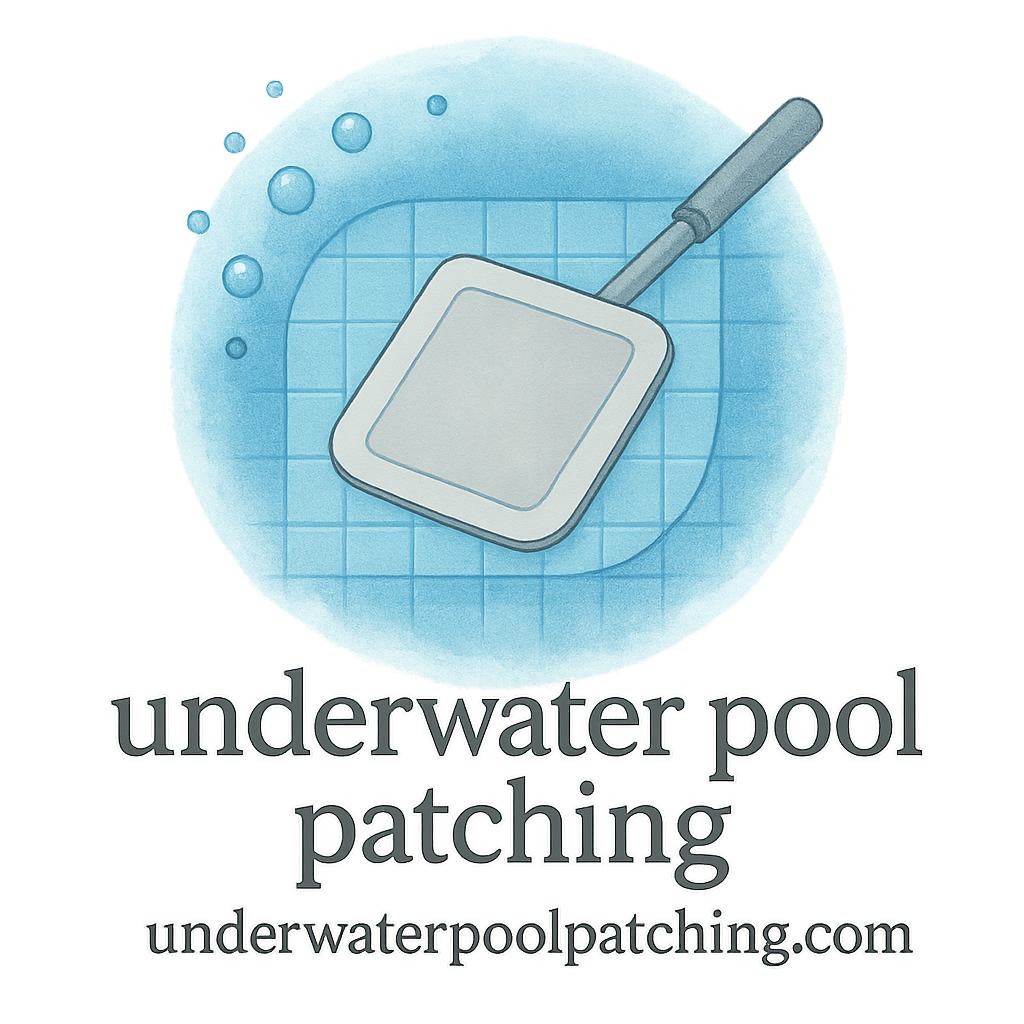Introduction
Let’s face it—owning a swimming pool is awesome… until something goes wrong. A cracked wall or a sneaky leak can turn paradise into a money pit. But here’s the thing—rushing into a quick fix is like putting duct tape on a sinking ship. The real magic? Long-term curing techniques. Today, we’re diving deep into 5 long-lasting underwater pool repair methods that actually hold up.
Whether you’re patching vinyl liners, sealing concrete cracks, or just trying to save your sanity (and wallet), these techniques will help you stop leaks cold—and keep them that way.
Why Long-Term Curing Matters in Pool Repair
The Problem with Quick Fixes
Quick patches often look good for a week… maybe two. But underwater environments are relentless—chemicals, shifting pressure, and constant water movement mean flimsy repairs don’t last. A hasty fix might cost you double in the long run.
Benefits of Durable Underwater Repairs
Long-term curing techniques do more than stop leaks—they restore structural integrity, enhance safety, and extend patch life. With proper planning and materials, you can dramatically improve your pool’s lifespan.
Make sure to visit our Inspection & Diagnosis page before any repair—it’s the foundation for choosing the right fix.
1. Epoxy Resin Sealing
How Epoxy Works
Epoxy is a rockstar in the pool repair world. It’s waterproof, chemical-resistant, and bonds like a champ—even underwater.
When applied properly, it forms a hard, protective barrier that won’t budge under pressure or chemical exposure.
Curious about long-term savings? Check our Cost & Budgeting guide for epoxy solutions.
Best Practices for Underwater Epoxy Application
- Clean the surface thoroughly—no algae, grime, or old sealant.
- Mix the epoxy right before application.
- Apply with a spatula or underwater-safe applicator.
- Let it cure as directed (usually 24–48 hours).
Recommended Epoxy Products
Explore epoxy-focused materials on our Patch Types & Materials section, and don’t miss the epoxy tag for reviews and tutorials.
2. Flexible Vinyl Patching
Why Flexibility is Key
Vinyl liners expand and contract. That’s why flexibility in your patch matters. A rigid fix will just crack under pressure—literally.
Flexible vinyl patches can handle temperature swings and movement without peeling or splitting.
Vinyl Patch Installation Tips
- Cut a patch at least 2 inches larger than the hole.
- Use underwater vinyl adhesive.
- Press firmly, starting at the center and smoothing outward.
Check our patching tips for liner-specific guides.
Durability & Longevity Insights
Vinyl patches can last several years if maintained correctly. Use our Maintenance & Prevention resource for post-repair care.
3. Cementitious Waterproof Coatings
What is Cementitious Coating?
These are blends of cement and waterproof polymers. They’re perfect for concrete pools suffering from cracks or porosity. The coating penetrates the surface, sealing from within.
Strengthening Structural Cracks
Used with a bonding agent, cementitious materials can rebuild eroded areas and prevent further leaks. Ideal for long-term solutions.
Long-Term Curing Under Pressure
Cure times vary, but a proper cure under water can take 48–72 hours. For large-scale applications, professional help is recommended—especially following a diagnosis.

4. Hybrid Patching with Mesh Reinforcement
The Role of Mesh in Patch Strength
Think of mesh like rebar in concrete. It adds tension-resistance and prevents patch separation. This is especially helpful in high-stress areas like corners or deep-end walls.
Combining Mesh with Sealants
Use a flexible patching compound (like vinyl or rubber-based) with a fiberglass or polyester mesh layer. This combo forms a highly durable “skin” over cracks.
Explore more on patching techniques for advanced hybrid methods.
Techniques for Clean Finishes
Trim edges carefully and smooth out bubbles with a roller. Smoothing helps with edge finish quality and patch longevity.
5. Multi-Layered Patch Techniques
The “Patch Sandwich” Method
This one’s a game-changer: apply a sealant layer, insert a mesh, then cover it with another patching layer. Like a sandwich—but for leaks.
Layer-by-Layer Guide
- Clean surface
- Apply base sealant
- Place mesh reinforcement
- Cover with top coat
- Smooth and let it cure fully
This method maximizes bond strength and resists peeling.
How It Enhances Lifespan
Multi-layer techniques resist separation and degradation, even in saltwater pools. Learn more on our patch-life and restoration pages.
Essential Tools & Materials for Effective Pool Repairs
Having the right gear is half the battle. Here’s your go-to list:
- Underwater epoxy kits
- Vinyl adhesives
- Waterproof mesh
- Scrub brushes
- Scuba gear (for deeper fixes)
Browse our curated list of materials for quality-assured products.
Common Mistakes That Shorten Patch Life
- Rushing the prep work
- Not cleaning algae or oils
- Skipping edge smoothing
- Overusing sealant without reinforcement
Avoid these and your patch could last years.
Pro Tips for Budget-Friendly Long-Term Repairs
Balance Between Quality and Cost
Sure, cheap fixes are tempting. But if you’re constantly repairing the same spot, you’re not saving. Use our budget tips to invest wisely once—and fix it right.
Leverage Expert Diagnosis Early
Before patching, get a pressure test or visual inspection. Use our diagnosis services to identify all trouble areas—not just the visible ones.
Maintenance After Repair: Keeping It Strong
Routine Checks & Scheduled Inspections
We recommend monthly routine checks and seasonal full inspections.
Preventing Patch Deterioration Over Time
Use balanced pool chemicals, brush surfaces weekly, and avoid impact on patched areas. A little prevention can save major cash—check our maintenance plan for schedules.
Conclusion
If your pool’s springing a leak—or just aging faster than you’d like—don’t reach for the duct tape. Use one (or a combo) of these long-term curing techniques to create real, lasting change. Whether it’s epoxy magic, vinyl flexibility, or hybrid layering—you’ve got options.
With the right materials and a little know-how, you can patch smarter, not harder.
Explore our full pool repair hub at UnderwaterPoolPatching.com for tutorials, gear, and expert tips. Your pool deserves nothing less.
FAQs
1. How long does underwater epoxy take to cure?
Typically 24–48 hours, depending on brand and temperature. Always follow the manufacturer’s guide.
2. Can I repair my pool without draining it?
Absolutely! Most modern techniques like epoxy sealing or vinyl patches work underwater.
3. How do I know which patch method to use?
Start with a full inspection. Each repair type fits different materials and damage levels.
4. Is mesh reinforcement necessary?
Not always, but it dramatically improves patch strength and lifespan—especially on structural cracks.
5. What’s the cheapest long-term method?
Vinyl patches are affordable and effective for liners. Cementitious coatings offer great value for concrete.
6. Will pool chemicals affect my patch?
If the patch is cured properly and made with chemical-resistant materials, it’ll hold up just fine.
7. Should I sign up for a pool maintenance plan?
If you want to protect your investment, yes. Check our maintenance subscriptions for easy upkeep and savings.


